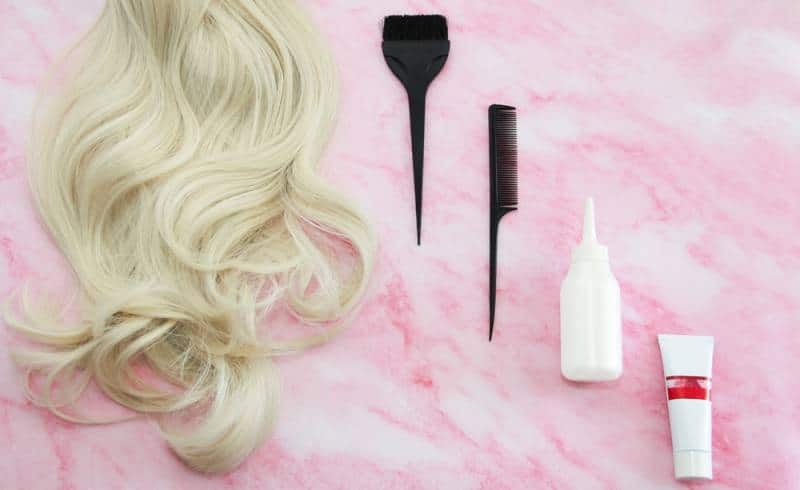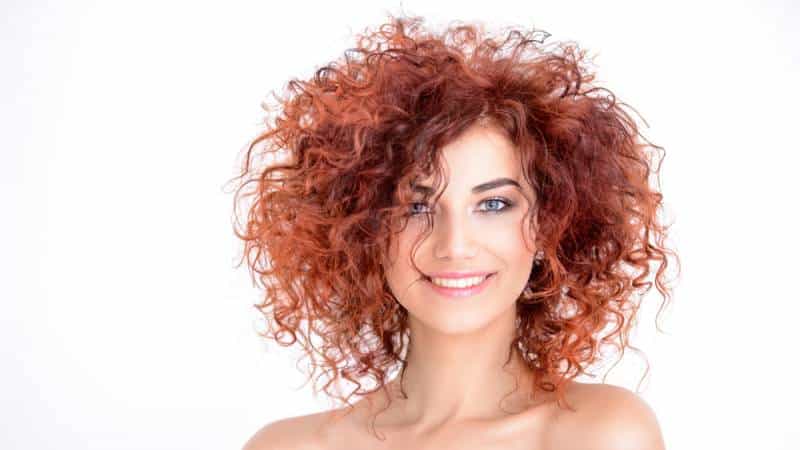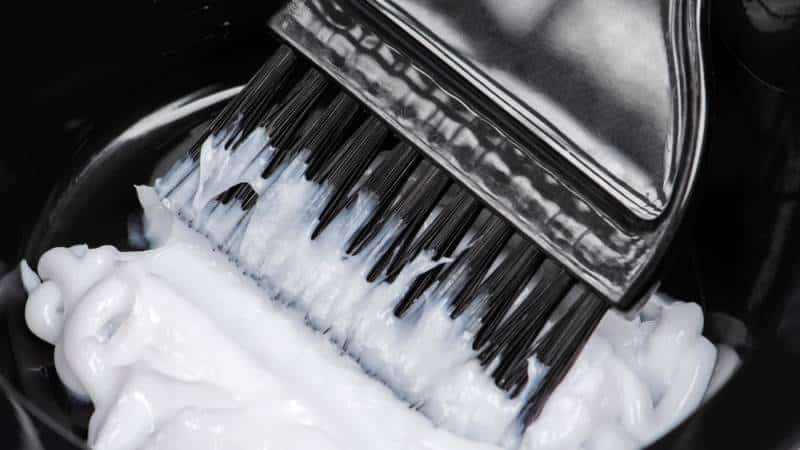There is a lot of debate over whether or not bleaching hair ruins curls. Some people say that it does, while others claim that it doesn’t have to ruin your curls if you take the right precautions. So what’s the truth? And more importantly, what can you do to protect your curls if you decide to bleach them?
As a hair stylist, I’ve had the opportunity to see firsthand how bleach can affect different hair types. In my experience, bleaching does have the potential to ruin curls. However, there are a few things you can do to minimize the damage and help your curls bounce back.
In this article, I’ll share my top tips for bleaching curly hair without ruining your curl pattern. I’ll also provide some information on how to repair damaged curls after bleaching.
Things to Consider Before Bleaching Curly Hair
Before you bleach your curly hair, there are a few things you need to take into consideration. First, bleaching is a chemical process that alters the structure of your hair. This means that it can be damaging, especially if not done properly.
Second, bleaching curly hair is more complicated than bleaching straight hair. This is because curly hair is more susceptible to damage and dryness. As a result, you need to take extra care when bleaching to avoid damaging your curls.
Finally, it’s important to understand that bleaching is a commitment. Once you bleach your hair, you can’t go back to your natural color. This is why it’s important to be absolutely sure that you want to bleach your hair before you take the plunge.
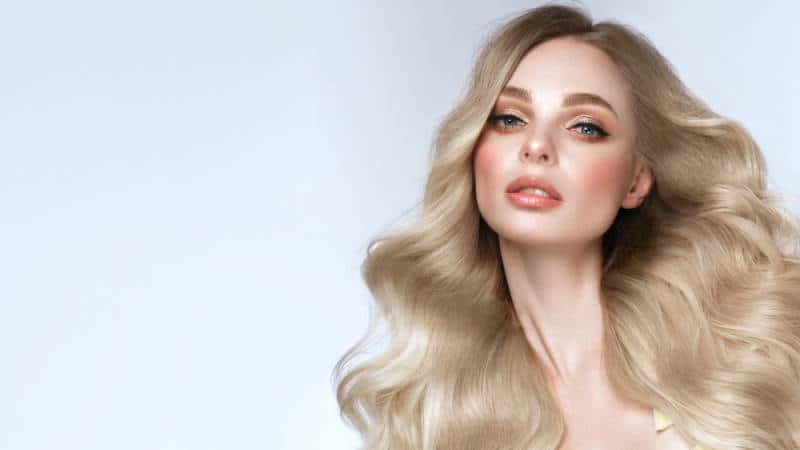
How to Bleach Curly Hair Without Ruining Your Curls
There are a few things you can do to minimize damage when bleaching curly hair:
- Pick the right bleach. When you’re ready to commit to bleaching your hair, head to a salon and ask for a professional opinion. Your stylist will be able to pick the best bleach for your hair type, which is important because using the wrong kind of bleach can seriously damage your strands.
It’s important to use a quality bleaching kit designed for sensitive hair types. I recommend using a bleach kit that contains hydrolyzed protein. This will help to protect your hair from damage during the bleaching process. - Don’t overdo it. Bleaching your hair can be a damaging process, so it’s important to only do it when necessary. If you’re just trying to lighten your hair a few shades, consider using a clarifying shampoo or a color-depositing conditioner instead.
- Protect your curls. Before bleaching your hair, be sure to properly protect your curls. First, use a deep conditioner or hot oil treatment to hydrate your strands. Then, apply a leave-in conditioner and/or serum to help seal in moisture.
- Bleaching time! Once your hair is properly protected, it’s time to start bleaching. Be sure to follow the instructions on your bleach kit carefully, and avoid leaving the bleach in your hair for longer than necessary.
- Rinse and condition. After bleaching your hair, it’s important to properly cleanse and condition your strands. Start by rinsing your hair with cool water to help close the cuticle. Then, apply a deep conditioner and/or protein treatment to help repair any damage.
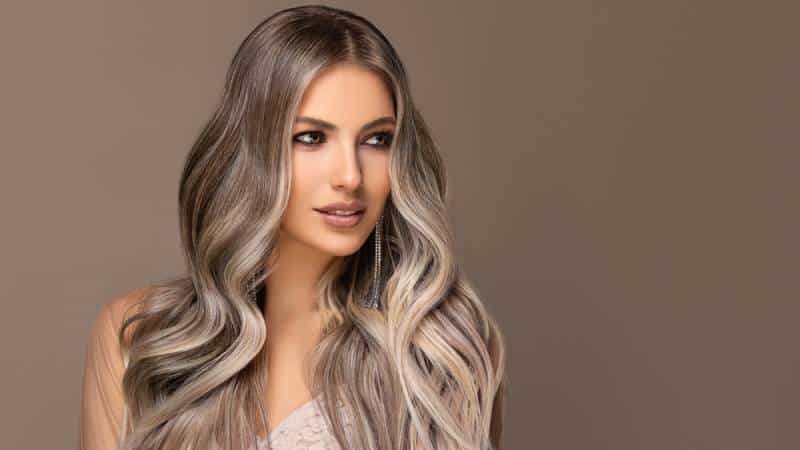
How to Repair Damaged Curls After Bleaching
If you’ve already bleached your hair and it’s showing signs of damage, don’t despair! There are a few things you can do to help repair your damaged curls:
- Cut off any damaged ends: If your hair is looking dry and brittle, it’s probably time for a trim. Cutting off any damaged ends will help to get rid of any split ends and help your hair look healthier overall.
- Use a bonding agent: If your hair is severely damaged, you may want to consider using a bonding agent. Bonding agents can help temporarily repair damage and make your hair look and feel healthier.
There are a few different types of bonding agents on the market, but my personal favorite is Olaplex No. 3 Hair Perfector. This product is designed to be used before and after bleaching to help keep hair healthy and strong. - Invest in a good conditioner: A good conditioner is essential for damaged hair. Look for a conditioner that is specifically designed for damaged hair, and use it every time you wash your hair.
- Use a leave-in treatment: In addition to using a conditioner, you may also want to try using a leave-in treatment. Leave-in treatments can help to further hydrate and condition your strands, making them look and feel healthier.
- Avoid heat styling: Heat styling can further damage your hair, so it’s best to avoid it if possible. If you must use heat styling, be sure to use a heat protectant spray beforehand.
- Use a deep conditioner after bleaching: Once you’ve finished bleaching your hair, it’s important to use a deep conditioner to help repair any damage that may have occurred. Look for a conditioner that is specifically designed for bleached hair. These products can help to hydrate and nourish your hair, making it more resilient to damage in the future.
- Be gentle with your hair: When your hair is damaged, it’s important to be extra gentle with it. Avoid using harsh shampoos and opt for a more natural, sulfate-free option instead. In addition, avoid brushing your hair when it’s wet and be sure to use a wide-tooth comb or detangling brush.
Remember, if you do end up with damaged curls, there are ways to repair them. Just be sure to use a deep conditioner on a regular basis and be gentle with your hair to help it recover.
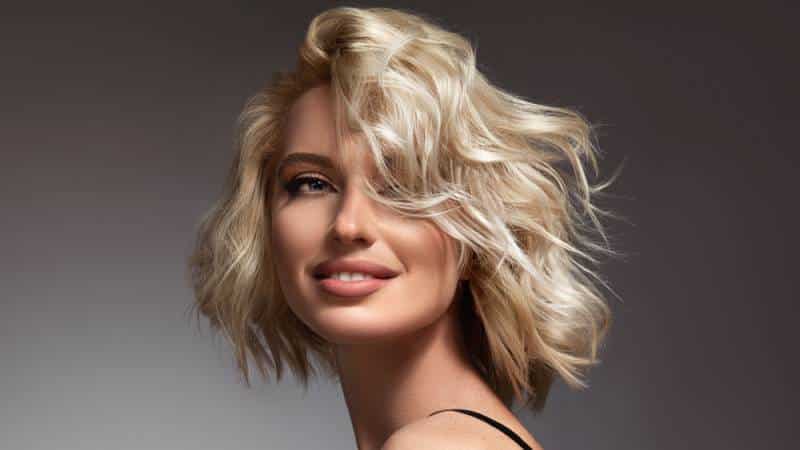
So, Does Bleaching Hair Ruin Curls? – Conclusion
The answer to this question is that it depends. Bleaching hair can damage your curls, but there are ways to minimize the damage. If you use a good conditioner and avoid heat styling, you can help keep your hair healthy and strong. However, if you have severely damaged hair, it’s best to consult a professional stylist to help you repair it.
Have you ever bleached your hair? What tips do you have for keeping your curls healthy and strong? Share your thoughts in the comments below! Your input could help another curl friend in need.
